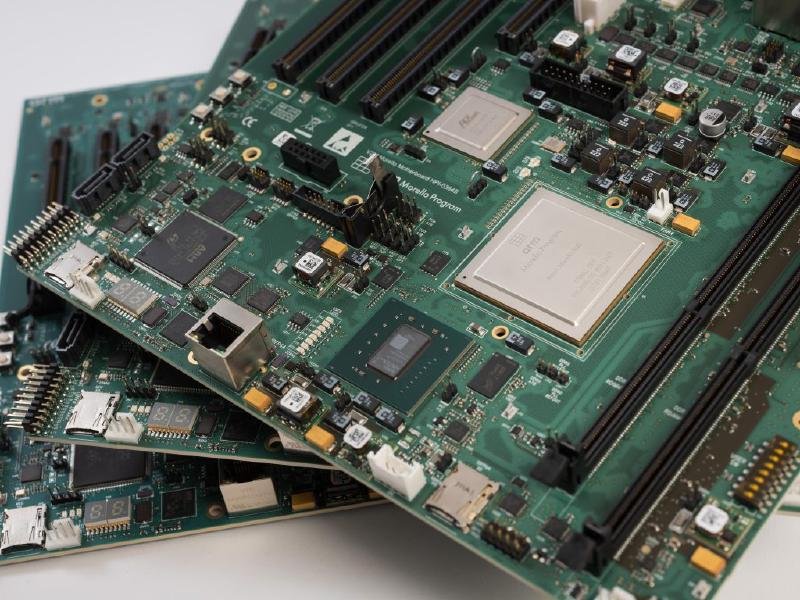What Architectures Does Qemu Support: Unveiling Possibilities
QEMU supports a wide variety of architectures, including x86, ARM, and PowerPC. Its versatility allows emulation of multiple systems.
QEMU, a powerhouse in emulation, stands out for its ability to mimic different machine types, offering an invaluable tool for developers and testers. This open-source emulator provides a platform for running applications and operating systems on a host machine that differs from the guest environment.
By doing so, it enables cross-platform development and facilitates a testing ground for software in a safe, isolated environment. Its extensive architecture support ensures that no matter the target environment, QEMU can likely accommodate it, making it a go-to for virtualization tasks. With QEMU, users can confidently test software on architectures they don’t physically possess, ensuring their applications are robust and versatile across various systems.

Credit: distrowatch.com
Introduction To Qemu
QEMU stands for Quick Emulator. It is a hosted virtual machine monitor. It performs hardware virtualization. QEMU is famous for its versatility and speed. It allows users to run multiple operating systems on one machine. Each system operates in a separate virtual environment. This makes development and testing efficient and convenient.
QEMU’s capabilities include emulating various processor architectures. These include x86, ARM, PowerPC, and more. It supports full system emulation. It can emulate an entire PC or server. This feature is vital for cross-platform development. QEMU also provides user-level emulation. This allows individual programs to run on different architectures.

Credit: www.researchgate.net
Supported Architectures And Systems
QEMU supports a wide range of CPU architectures. This makes it very powerful. You can run different kinds of computers inside it. Imagine having a tiny computer inside your computer!
It supports old and new architectures. This includes x86, ARM, PowerPC, and Sparc. Each one is like a different language for computers. QEMU speaks many of these languages.
People use QEMU to test apps on different systems. They also use it to play old video games. It’s like a time machine for technology!
Real-world Applications
QEMU shines in cross-platform development and testing. This tool allows developers to run software on various hardware setups without needing physical access to those systems. It enables the creation of virtual environments that mimic different architectures. This flexibility is critical for ensuring that applications work well on all intended platforms.
For education, QEMU is a valuable resource. Students get hands-on experience with different operating systems and hardware architectures. It’s like having a room full of computers from around the world, right in the classroom. This exposure is crucial for those learning about computer science and related fields.

Credit: www.computer.org
Conclusion
Embracing the versatility of QEMU can significantly elevate your virtualization game. From seasoned developers to curious hobbyists, QEMU’s broad architecture support caters to all. As we’ve explored its capabilities, the takeaway is clear: QEMU stands as a powerful ally in emulation, offering a world of possibilities.
Ready to dive in? Your next virtual adventure awaits with QEMU’s impressive range.







